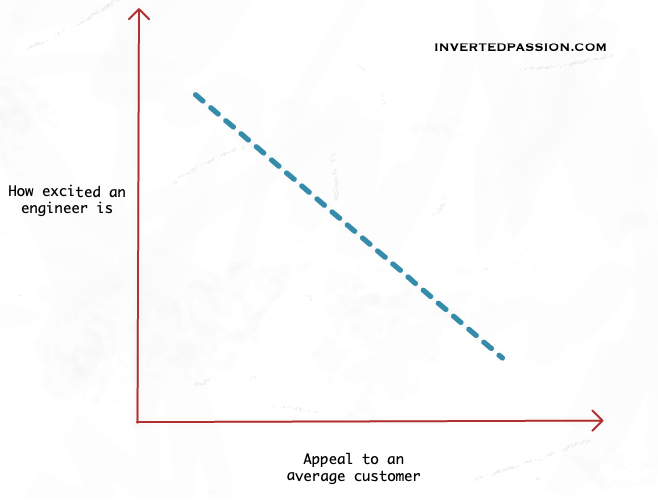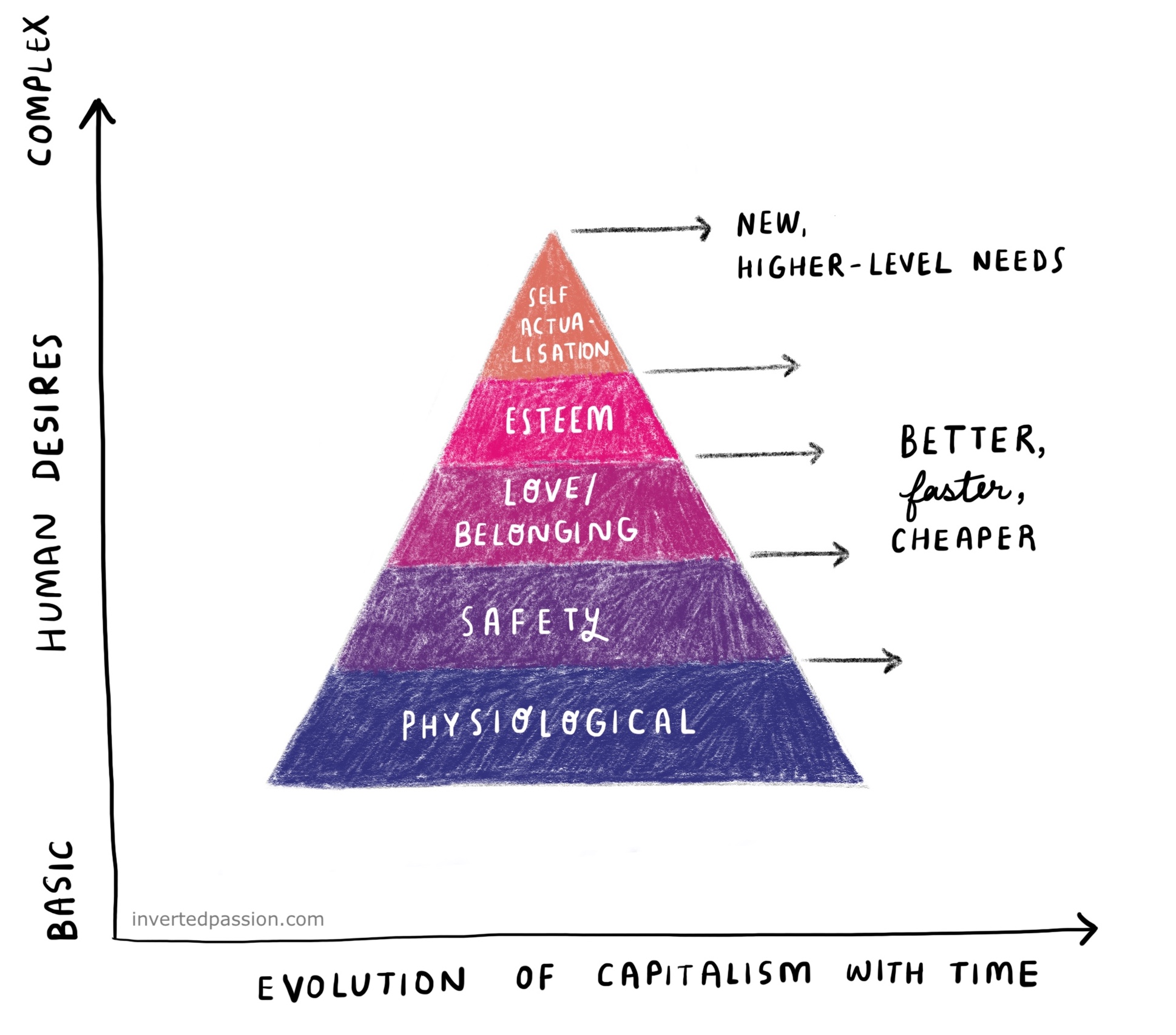There’s always a temptation to launch a fully built product with more features and capabilities than existing competitors. It’s exciting to build the next Google, the next iPhone or the next SpaceX, isn’t it?
This temptation is dangerous because even the most successful products in a market had simple beginnings. No product arrives in the market fully fleshed out. The company behind a successful product has developed its internal capabilities and know-how about various tiny but important details over a long period of time. On day 1, a startup simply cannot match such capabilities. ...






